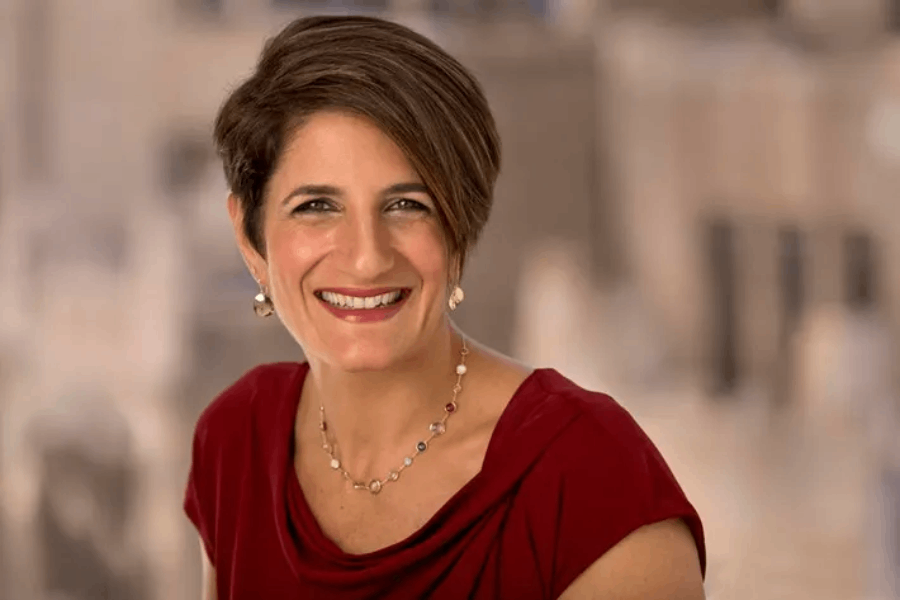Modern marketers and agencies are “uncertain” about how they can best reach customers, with a growing number of channels, growing clamour around retail media and a “tendency to gravitate” towards the walled gardens of Meta and Google, according to Analytic Partners’ global CEO Nancy Smith. However, she says it isn’t their fault.
Speaking to B&T exclusively, Smith said that marketers and agencies were no longer sure which channels were most effective and important for their businesses and clients given that so much of what was once true is no longer the case.
“They’re uncertain. There are lots of questions that they do not have answers to. The retail media networks is a big one that we call the ‘Black hole’ because there is so much promise, given that it’s a channel with first-party data,” she said.
“There’s so much promise that you’re going to have this greater impact because you’re going to get to touch audiences that you can make sure are the prime target to you… and are in a vicinity to buy straight away.
“What we find is that the actual return on the retail media network is not guaranteed. We see very wide ranges in response and effectiveness. That’s why we call it the ‘Black hole’ because it’s drawing people towards it but it’s not necessarily guaranteed in terms of the impact.”
Smith’s view on retail media may seem slightly at odds with the current clamour around the channel. For many, it’s a nascent giant — for others, retail media is already a significant chunk of the business. Woolies, Coles, Endeavour Group, Amazon and Wesfarmers made up the bulk of the $1.2 billion spent in retail media networks in Australia last year, according to Morgan Stanley.
Woolies alone generated a cool $550 million from its Cartology retail media arm in 2022. Over at Chemist Warehouse, retail media accounts for a staggering 20 per cent of its sales.
Last year, another piece of Morgan Stanley research predicted that retail media networks would siphon $1.1 billion from traditional media owners in Australia. Last month, the onsite retail media specialist agency Buckled Up launched in Australia — “For brands working across multiple industries, we can help to get across multiple systems and nuances – this is what we specialise in and are passionate about,” said co-founder Irina Dwyer.
The IABs’ Retail Media State of the Nation report found that over the last 18 months, 37 per cent of retail media investors spent a “significant” amount of their media and marketing budget on retail media, up from 26 per cent in 2023.
However, for Smith, retail media is currently booming because of its perception rather than its reality.
“With the movement away from customer data and that connected customer view, brands get real excited when they can get closer to that audience because it has the appeal of ‘Right person, right message, right time’. The person element in that triangle is so critical,” she said.
“That’s the promise of the retail media network — they have that person and it’s a captive audience that you can connect with right to the purchase. What we find, however, and we’ve measured it across many retail media networks is that oftentimes, especially for display ads, [around] 50 per cent of the impact is not within that retailer.
“If you’re thinking about it as a brand, where do you place your money? It can’t just be that you’re going to allocate your funds based on where you sell, because you might be losing money if you don’t allocate it based on where the impact is. Some retail media networks will have a bigger halo impact than others — Amazon is one. If you think about it from a consumer’s point of view, you might go on [a site] look around and search, find what you want and then you go to the store and buy it someplace else.”
The growing number of channels has also thrown up some more questions for marketers around the world and in Australia, according to Smith. What was once true is no longer.
“We are seeing channel shifts globally away from linear TV. That’s been happening for some time now. We have not seen a decline in effectiveness. What it has declined in is the number of eyeballs and it doesn’t have as much spend,” she said.
“But linear TV is one of those channels that can drive impact… there are consumers that still watch linear TV — might not be my little kids — but there are consumers and it’s a good way to target them but there are an increasing number of opportunities for brands to connect with consumers through different channels. What we find is the more channels or the more touch points that you have, you’re going to have a bigger impact.
“If you surround the consumer with your campaign, it’s going to have a much bigger impact until you hit the point of diminishing returns. But we see that diminishing returns effect within a channel much more prominently than across channels.”
That last point might make for heartening reading for Australia’s traditional media owners. Nine reported its revenue and profit dropped three and 12 per cent in its full-year earnings yesterday, despite an audience share of 48 per cent in July. SCA similarly reported a one per cent drop in its revenue and a 14 per cent drop in EBITDA yesterday.
Perhaps, then, there’s life in the old dogs yet, if Smith proves to be correct — the market might just need to think a bit harder.








